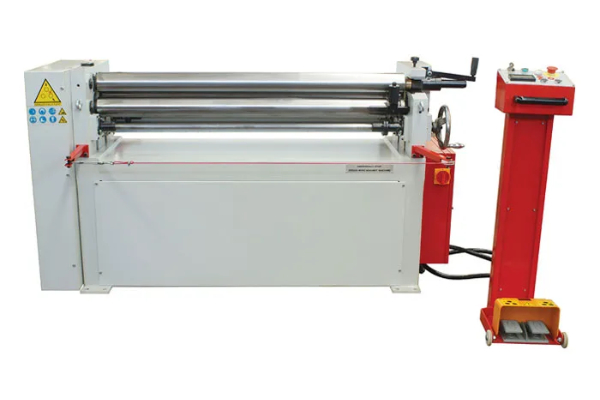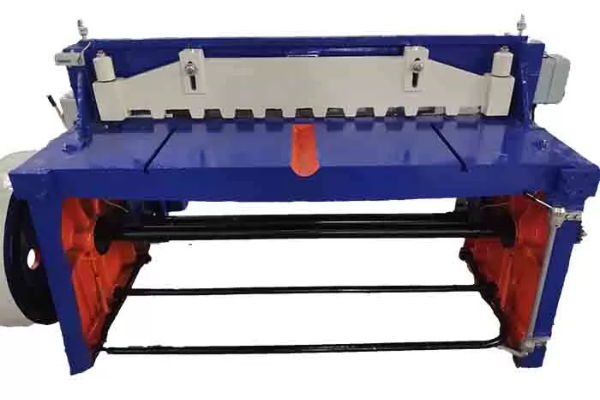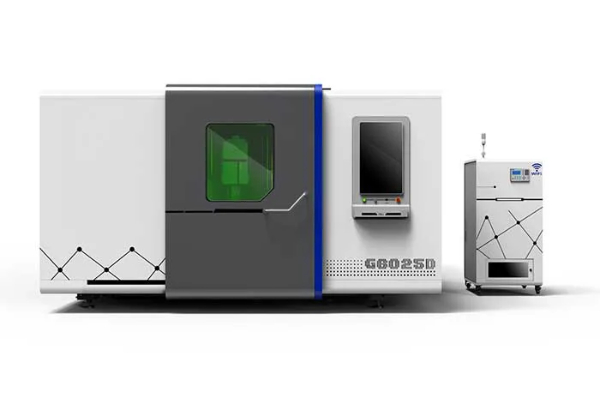
Understanding Different Folding Techniques Used in Duct Folding Machines
- By:Metmac
- 2024-07-16
- 146
Duct folding machines play a pivotal role in the production of HVAC (Heating, Ventilation, and Air Conditioning) systems, shaping sheet metal into various duct configurations for efficient air distribution. These machines employ specialized folding techniques to achieve precise bends and seams in the sheet metal, ensuring the desired performance and integrity of the duct system. Understanding the different folding techniques is crucial for selecting the appropriate machine for specific ductwork applications.
Pittsburgh Lock
The Pittsburgh lock is a widely used folding technique that creates interlocking joints for duct seams. The machine folds the sheet metal over twice, forming a double-locked seam with a distinctive interlocking profile. This technique provides exceptional strength and air-tightness, making it suitable for high-pressure applications and demanding environments.
Slip and Drive
The slip and drive method involves folding the sheet metal into a “U” shape with two parallel folds. The machine then pushes or “drives” the metal along the seam, interlocking the edges and creating a strong joint. Slip and drive folds are commonly used for low-pressure applications and flexible ductwork, as they allow for greater flexibility and ease of installation.
Button Lock
The button lock technique employs a series of round interlocking “buttons” to join the duct seams. The machine forms small, raised circles on the sheet metal, which interlock with corresponding circles on the mating piece. Button locks provide a strong and airtight seal, making them suitable for applications requiring high structural integrity, such as long duct runs and complex geometries.
Snap Lock
Snap locks involve bending the sheet metal into two interlocking profiles that fit together like puzzle pieces. The machine folds the edges of the metal into a U-shape or L-shape, allowing for quick and easy assembly. Snap locks are commonly used for lightweight ductwork, as they provide a reliable and adjustable connection, ideal for temporary applications or where frequent access is required.
Grooving
Grooving is a technique used to create channels or grooves in the sheet metal, providing additional strength and rigidity. The machine rolls the metal, forming a sunken groove that can be aligned with the mating piece and fastened, typically using rivets or screws. Grooved joints offer enhanced structural stability for demanding applications, such as high-velocity ductwork or areas subjected to external loads.
Selecting the appropriate folding technique for a specific ductwork application requires consideration of several factors, including:
– Duct pressure: The type of folding technique affects the joint’s airtightness and ability to withstand pressure.
– Duct size and geometry: Complex geometries and large duct sizes may necessitate different folding techniques to achieve precise bends and strong joints.
– Material thickness: Thicker sheet metal requires more specialized folding techniques to prevent distortion or damage.
– Installation requirements: Some folding techniques offer advantages in terms of ease of installation and flexibility, which can be crucial for certain applications.
Understanding the different folding techniques used in duct folding machines empowers engineers, contractors, and facility managers to select the optimal equipment and techniques for their specific ductwork requirements, ensuring efficient and reliable air distribution systems.
-
The Advantages of Using a Sheet Roll Forming Machine in Manufacturing
2024/09/14 -
How to Optimize Your Laser Sheet Cutting Machine for Maximum Performance
2024/09/12 -
How to Maximize Efficiency with Modern Sheet Metal Working Machines
2024/09/04 -
The Environmental Benefits of Using Duct Board Grooving Machines
2024/09/03
-
A Guide to the Latest Innovations in Sheet Metal Folding Machines
2024/11/29 -
Key Features to Consider When Investing in a Sheet Metal Folding Machine
2024/11/28 -
Enhancing Precision with Advanced Sheet Metal Folding Machines
2024/11/27 -
How to Choose the Right Sheet Metal Folding Machine for Your Workshop
2024/11/26



